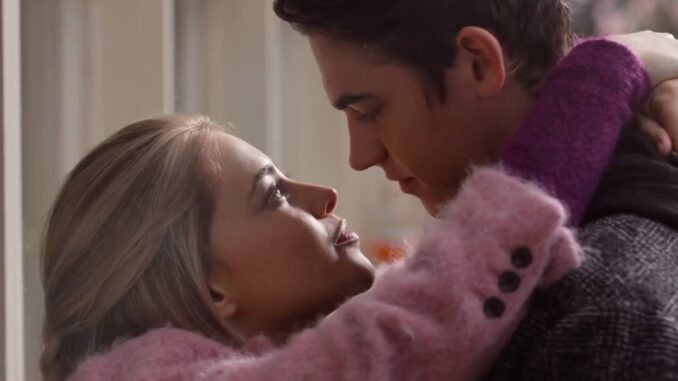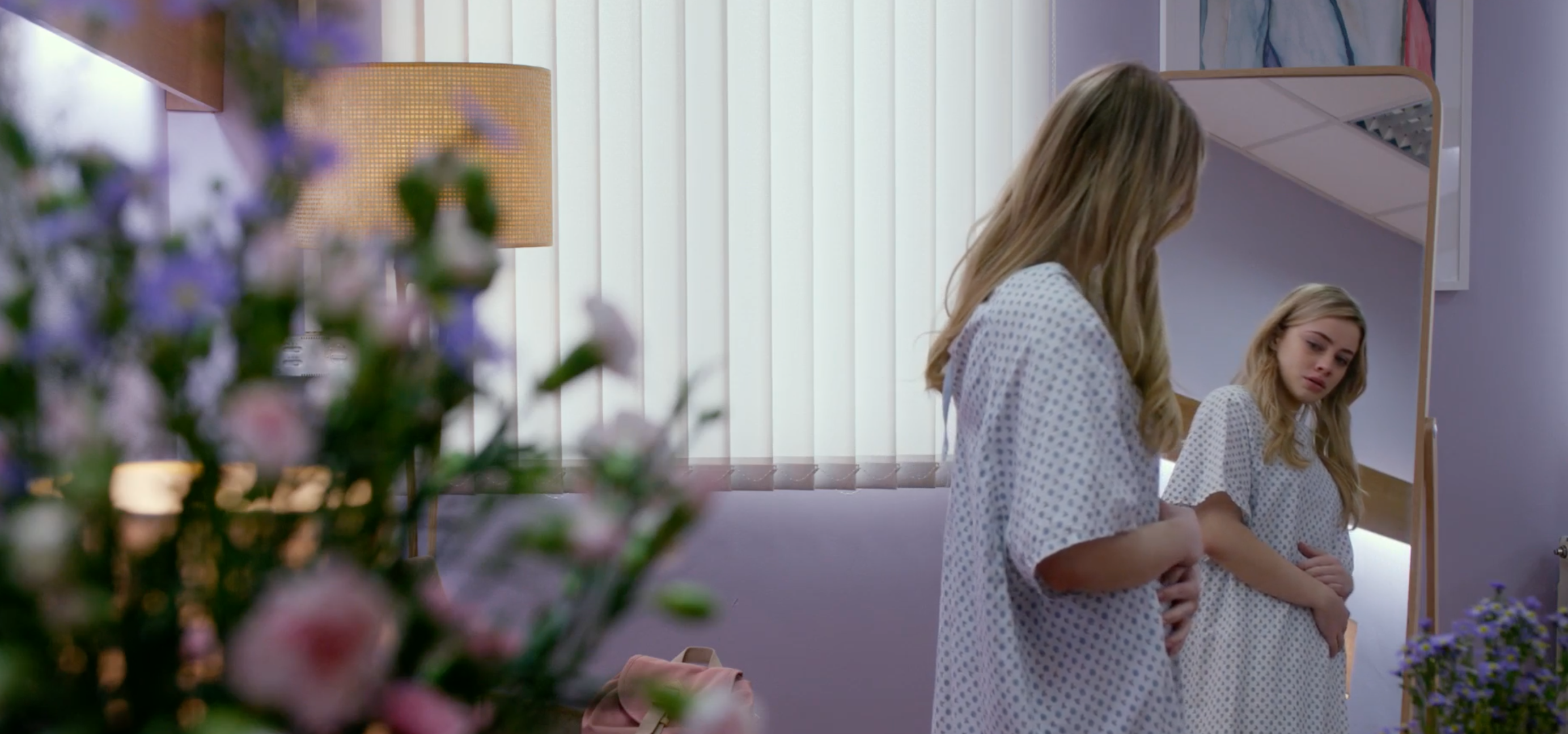
Here’s What Makes After We Fell the Best Movie of the After Franchise (So Far)
Three movies into the series, and After We Fell finally got the story right. Here’s what makes it the best move of the After Franchise (so far).

If there’s anything everyone knows about the After movie series, it’s that it got its start on Wattpad and that it tells the story of the incredibly toxic, albeit adorable, Tessa Young (Josephine Langford) and Hardin Scott (Hero Fiennes Tiffin). Though the movies are universally panned for their poor writing, cringe-worthiness, and, most notably, romanticization of unhealthy relationships, the franchise has a massive following and each film has performed successfully at the box office. After a mediocre initial film in 2019 and an embarrassingly lousy sequel in 2020, the movie series was walking on eggshells, conceivably conforming to the “three strikes, and you’re out” rule. But in came a new director, Castille Landon, and it’s safe to say that with her dedication to the book series, she delivered a third film, After We Fell, that superfans can proudly compare to the novel.
With the fourth and final installment of Tessa and Hardin’s journey on the way, the After movie social media recently gifted its fans with a look at the upcoming film After Ever Happy. Last December, fans were also given a 30-second teaser of what’s to come but with a September release date, they have a long way to go to see the end of the tumultuous rollercoaster also known as “Hessa.” Through the anticipation of the grand finale that is After Ever Happy, here’s why its predecessor was the best of the franchise thus far.
The Lead Actors’ Chemistry
There may be a long list of flaws with this franchise, but the unmistakable chemistry between lead actors Josephine Langford and Hero Fiennes Tiffin is not one of them. From the first film in 2019 to now, the two repeatedly convey a special kind of genuine chemistry, and with that insane height difference, they add positivity to their arguably unlikeable fictional counterparts. Sure, the characters have an imperfect relationship where arguments seem to be a recurring element but in those especially rare moments where the two can be appropriately labeled “Relationship Goals,” Langford and Fiennes Tiffin’s depictions appear comparable to a real couple. From the obvious romantic gazes and sensual, intimate scenes to the far more subtle hair touching and hand placement, it’s difficult to find a romantic moment in the film – or any of the current 3 – where it doesn’t feel like you’re spying on an actual romantic pairing’s interactions.
Improved Performances Throughout the Series
Though After may be an easy target for slander, there’s no denying that the third film showed off the actors’ best performances so far. The couple is known for their constant fights, and as exhibited in their eccentric screaming matches of After We Collided, what was already a toxic mess was seen as a poorly executed toxic mess on behalf of both the performers and the second movie’s director Roger Kumble, who’d also directed 1999’s Cruel Intentions. But here, in lieu of Tessa and Hardin’s many clashes going from a 2 to a 10 instantaneously, their disputes slowly progressed into natural-sounding arguments, like actual human beings. Beyond that, each exchange among characters felt like a bona fide conversation, instead of a bunch of actors simply presenting a scene. Plus, amid Tessa discovering her possible infertility, and Hardin breaking down in her arms after the betrayal of his mother, both actors gave heart-wrenching portrayals that audiences could feel, rather than just see.
Fidelity to the Source Material
When Jenny Gage took on the task of directing the first After movie, she brought a brand new outlook to the story. With the unfamiliar scenes, the peculiar picture-perfect relationship and most distinctly, the lack of Hardin’s infamous potty-mouth, the new adult story was watered down into sunshine and rainbows that fans saw coming with the announcement of a PG-13 rating.
While Kumble’s version it was a step into the adultish direction book fans were familiar with, the second film severely overdosed on usage of the f-word, and with Tessa’s outlandish behavior and the blatant glorification of Dylan Sprouse’s character (who was, to put it simply, irrelevant in the book), neither of the first two movies captured the true essence of the novel. Meanwhile, After We Fell admittedly cut a large portion of the story down, bringing an 800+ book to a 90-minute film, and, even still, it was far closer to the original tale than its predecessors — not just with lines and scenes from the book, but also little Easter eggs, like Hardin’s baseball ball and favorite cereal, which only readers would recognize.
Realistic Character Development
Being two excessively childish college students, Tessa and Hardin’s relationship has its downfalls and considering that it’s a movie, clearly their immaturity is at a high level for the sake of entertainment. In After We Fell, Tessa and Hardin slowly but surely make progress in themselves and their relationship. While movie 2’s Hessa fought over Tessa’s infidelity and Hardin’s dishonesty, this movie’s version bickered over living arrangements and the duo’s future, which, given the yelling, doesn’t exactly spell out: healthy relationship, but for these two it’s a step forward and, for a change, reasonable topics to dispute over. Tessa also remarked on how the pair needs to make an effort to communicate better, and as for Hardin, the struggling alcoholic willingly passed up two opportunities to get drunk, and started boxing to cope with his anger issues.
The Plot Twist Ending
Anyone familiar with the After series knows author Anna Todd is no stranger to cliffhangers. With the first After closing immediately following Hessa’s breakup, and the second with Tessa reuniting with her estranged father, viewers likely knew ahead of time that part three would leave them curious to know what’s next. Not only did the story end suspensefully, it also threw a curveball no one predicted. Throughout the first two films, audiences learn that Hardin doesn’t get along with his dad. After years of enduring emotional trauma and an alcohol addiction passed on from his father, Hardin learns that his close friend/ideal paternal figure actually is the dad he’d always wished for.
After We Fell ends with Tessa and Hardin learning this information in two different settings and while Hardin storms away from his real father in frustration, Tessa also departs the older man’s fianceé to locate her distressed boyfriend. Set to the tune of The Fray’s “Never Say Never,” Tessa and Hardin find each other on the streets of London and unite in an embrace before the camera tilts up to a text that reads “To be continued…” Book readers are surely aware of the chaos that is soon to ensue in the final film but for those who haven’t read the novels, buckle up.
